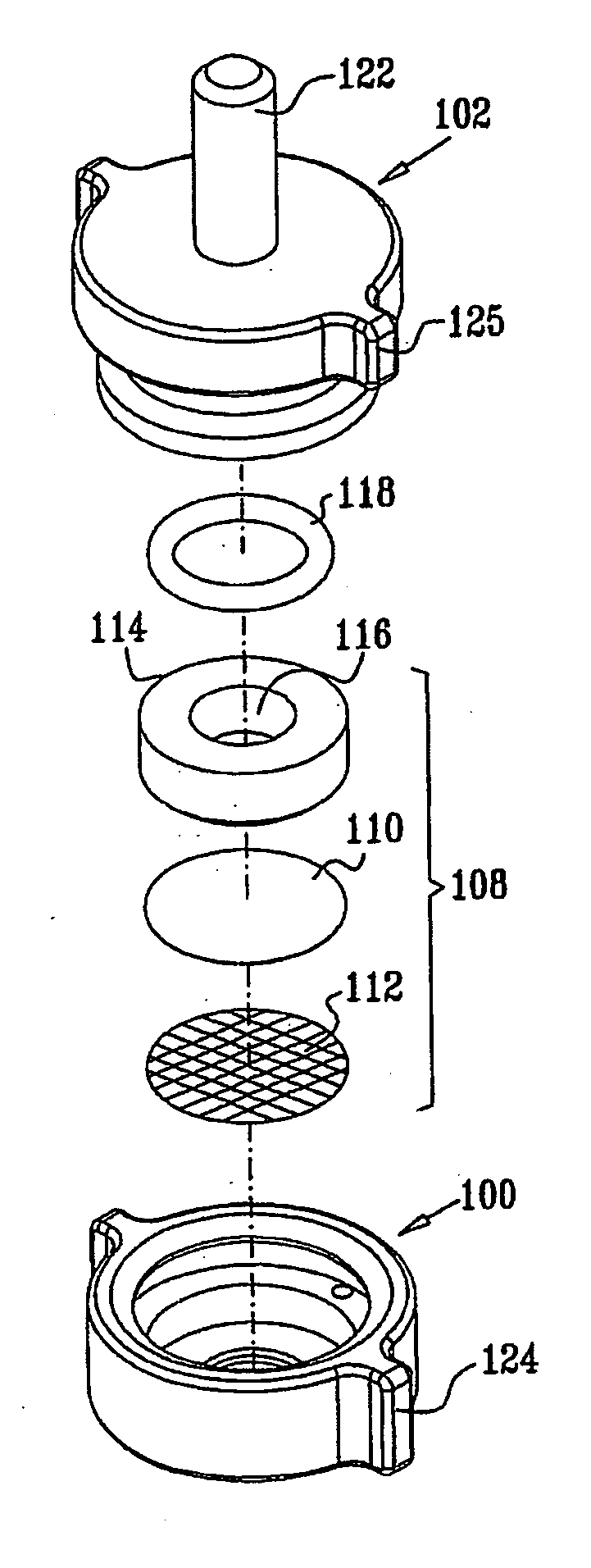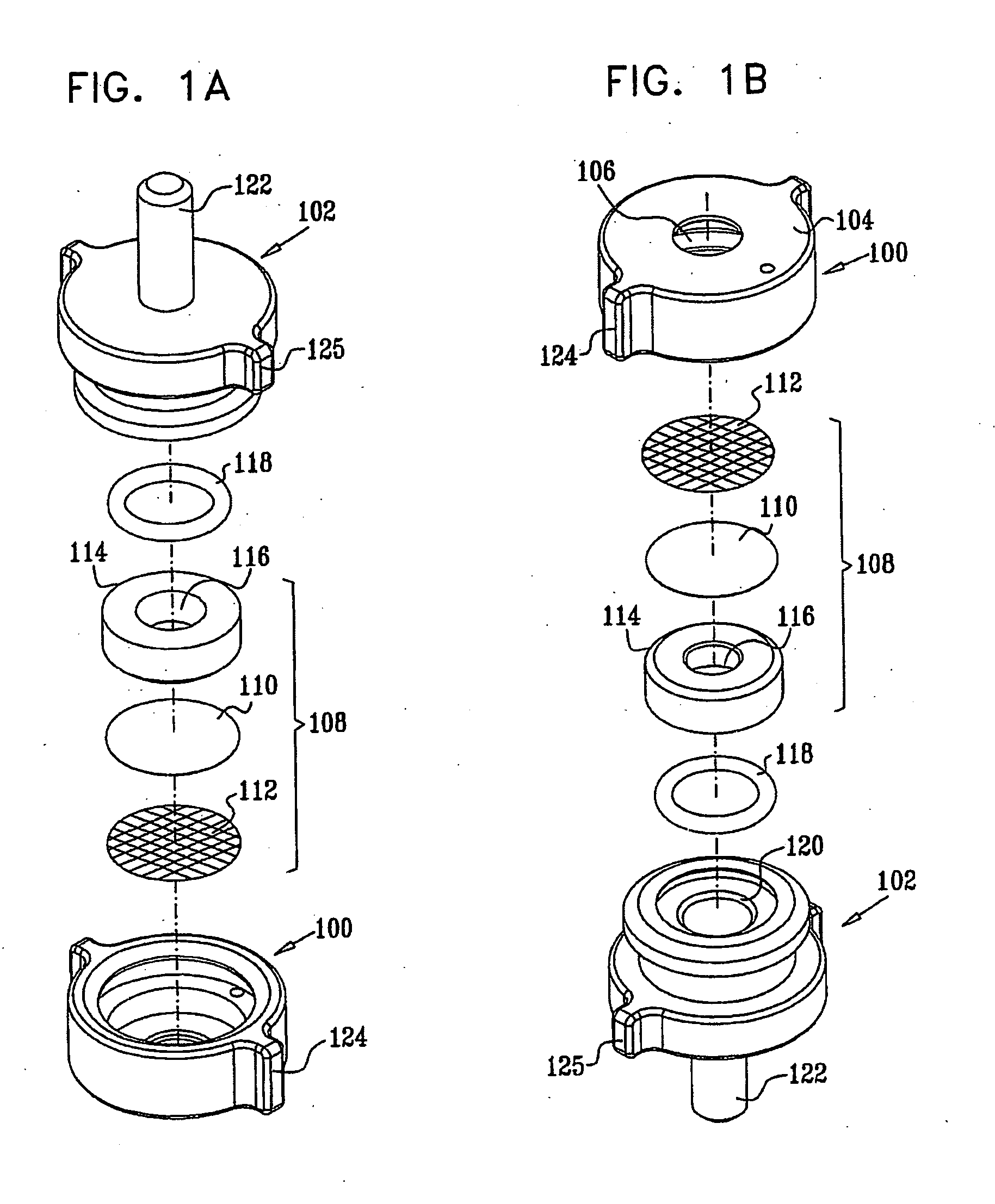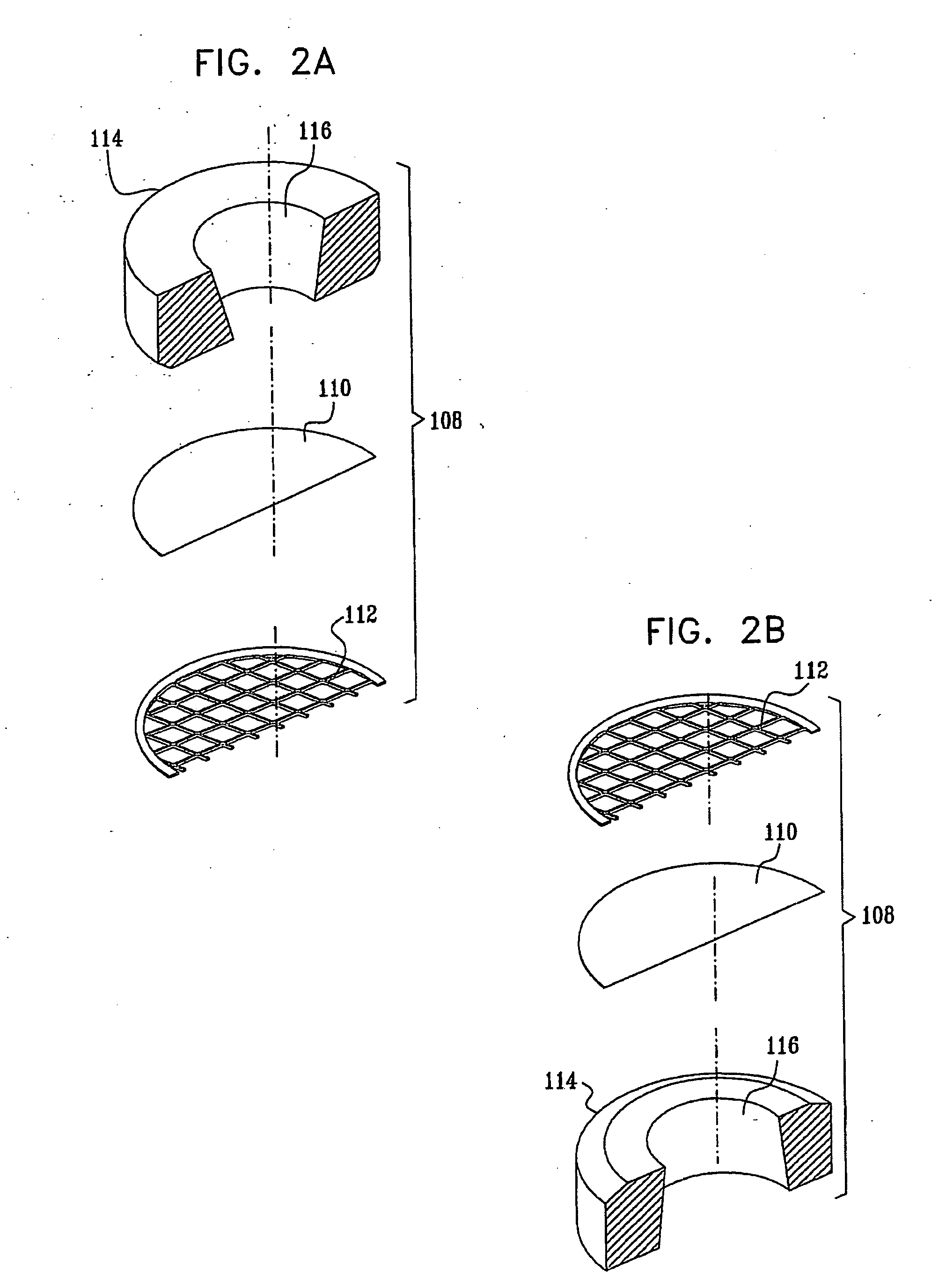Methods for sem inspection of fluid containing samples
a fluid containing sample and sem technology, applied in the direction of preparing samples for investigation, material thermal analysis, instruments, etc., can solve the problems of significant alteration of the structure of the sample, limited light microscopy resolution, and limitations of each of the aforementioned techniques, and achieves high contrast or spatial signal to noise ratio, high resolution, and easy sample preparation speed
- Summary
- Abstract
- Description
- Claims
- Application Information
AI Technical Summary
Benefits of technology
Problems solved by technology
Method used
Image
Examples
Embodiment Construction
[0200] The present invention relates to methods for electron microscopic inspections of wet biological and environmental samples at a non-vacuum environment. More specifically, the patent relates to methods for visualizing samples in a scanning electron microscope (SEM) without the need for dehydration procedures including water replacement and critical-point drying, which can destroy important structural detail and introduce artifacts in the sample to be observed. Absent the methods of the present invention, samples to be examined in an electron microscope must be held in a vacuum or a near vacuum to permit unimpeded access to the electron beam, which can only travel in a vacuum or near vacuum.
[0201] The methods of the present invention advantageously employ a novel SEM sample container, described hereinbelow, into which the sample to be scanned is placed. The sample's hydration and atmospheric pressure state is maintained therein, even after placement on the SEM stage and the SEM...
PUM
 Login to View More
Login to View More Abstract
Description
Claims
Application Information
 Login to View More
Login to View More - R&D
- Intellectual Property
- Life Sciences
- Materials
- Tech Scout
- Unparalleled Data Quality
- Higher Quality Content
- 60% Fewer Hallucinations
Browse by: Latest US Patents, China's latest patents, Technical Efficacy Thesaurus, Application Domain, Technology Topic, Popular Technical Reports.
© 2025 PatSnap. All rights reserved.Legal|Privacy policy|Modern Slavery Act Transparency Statement|Sitemap|About US| Contact US: help@patsnap.com



